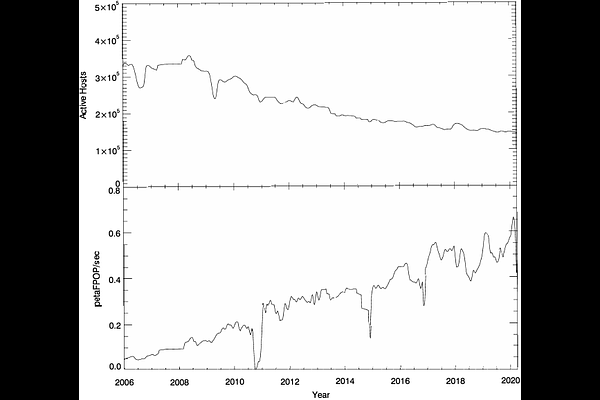SETI@home: Data Acquisition and Front-End Processing

SETI@home: Data Acquisition and Front-End Processing
Eric J. Korpela, David P. Anderson, Jeff Cobb, Matt Lebofsky, Wei Liu, Dan Werthimer
AbstractSETI@home is a radio Search for Extraterrestrial Intelligence (SETI) project, looking for technosignatures in data recorded at multiple observatories from 1998 to 2020. Most radio SETI projects analyze data using dedicated processing hardware. SETI@home uses a different approach: time-domain data is distributed over the Internet to $\gt 10^{5}$ volunteered home computers, which analyze it. The large amount of computing power this affords ($\sim 10^{15}$ floating-point operations per second (FPOP/s)) allows us to increase the sensitivity and generality of our search in three ways. We use coherent integration, a technique in which data is transformed so that the power of drifting signals is confined to a single discrete Fourier transform (DFT) bin. We perform this coherent search over 123 000 Doppler drift rates in the range ($\pm$100 Hz s$^{-1}$). Second, we search for a variety of signal types, such as pulsed signals and arbitrary repeated waveforms. The analysis uses a range of DFT sizes, with frequency resolutions ranging from 0.075 Hz to 1221 Hz. The front end of SETI@home produces a set of detections that exceed thresholds in power and goodness of fit. We accumulated $\sim 1.2\times 10^{10}$ such detections. The back end of SETI@home takes these detections, identifies and removes radio frequency interference (RFI), and looks for groups of detections that are consistent with extraterrestrial origin and that persist over long timescales. This paper describes the front end of SETI@home and provides parameters for the primary data source, the Arecibo Observatory; the back end and its results are described in a companion paper.